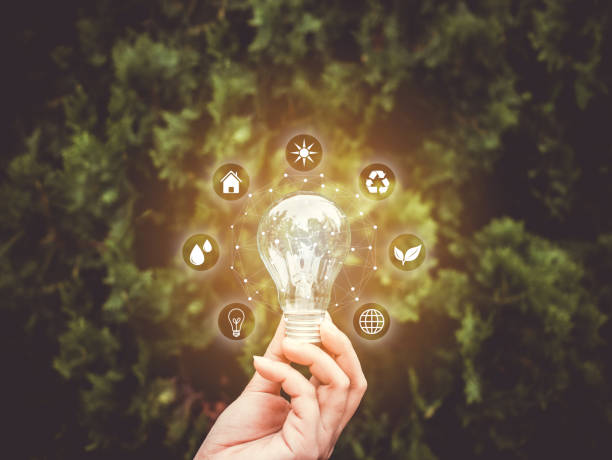Saving money is by no means a dusty and stuffy affair that only parents and grandparents have made a virtue of. Saving money where it is particularly easy is clever because you can then afford many other, nicer things. A good and easy way to do this is to avoid unnecessary power consumption in the household. Quite a few people are annoyed that their electricity bill is very high. You can accept that, but you don’t have to. Because electricity is often unnecessarily consumed unknowingly and a lot of money is wasted.
For motivation to save electricity in the household
A few simple power-saving tips can help you save. There are simple behavior changes that can reduce power consumption. It is important to know, for example, that off does not mean off. All you have to do is unmask all the secret power guzzlers. A lot of electricity can also be saved by replacing old electrical devices with energy-efficient models and by replacing old light bulbs.
Perhaps knowing that it will have a direct impact on your account will increase your motivation to save electricity. Especially when the annual electricity bill flutters into the house. It is not uncommon for high additional payments to occur here. You can counteract this by taking a few things into account.

At the lighting
A simple and sensible option is to replace incandescent and halogen lamps with LEDs. Modern energy-saving fluorescent tubes are also highly recommended. Replacing old bulbs helps noticeably to save electricity. For example, LEDs consume even less energy than energy-saving lamps. You don’t need to replace energy-saving lamps immediately. You can wait for them to break down.
In general, however, you should not forget to switch off the light when you do not need it. If a floor or table lamp not only has a switch but is also operated with a power supply unit, then it is advisable to pull the plug or plug it into a power strip that can be switched off. This makes sense because lamps can use up electricity unnecessarily even when they are switched off.
Which devices use how much electricity?
If you are interested in this question, you can easily measure the power consumption with an ammeter. You can even borrow them free of charge, for example in an advice center at a consumer advice center. Comparing the measured power consumption with an energy-efficient, the new model can be very revealing. You can easily read the annual electricity consumption on the energy efficiency label of the new devices. It may turn out that replacing an old device will quickly pay off financially, despite the higher purchase price.
If you think that an electronic device is switched off, it can still turn out to be a secret power guzzler. The easiest way to find out is to feel if the power supply is warm. If so, this device is consuming power.
Save electricity with refrigerators and freezers
The refrigerator should be set so that the temperature in the upper compartment is around 7 degrees Celsius. That is perfectly sufficient. A drop of just 1 degree Celsius increases power consumption by around 6 percent. Food that perishes quickly, such as minced meat, should be stored at a refrigerator temperature of around 2 degrees Celsius. The ideal temperature for freezers is minus 18 degrees Celsius. The doors of all these devices should only be open for as short a time as possible. Warm food is best left to cool before putting it in the fridge.
Save electricity with the dishwasher
The dishwasher should be as full as possible so as not to use up water and energy unnecessarily. About 80 parts fit in a conventional machine. The pre-rinse cycle is usually not necessary and coarse leftovers can be removed with the cutlery. It is recommended to use the dishwasher’s automatic program or to select a low temperature (50 to 55 degrees Celsius). Also, note our simple tricks for saving in the household.

Save electricity on the stove and oven
When cooking (e.g. bringing water to a boil), always use a lid. This saves time and electricity. For vegetables, eggs and potatoes it is sufficient to use only 1 to 2 cm of water. In this way, the vitamins are more likely to be preserved. If you bake with convection, you can save about 15 percent energy (compared to the top and bottom heat).
Save electricity with the washing machine and tumble dryer
Here, too, the device should be sufficiently fully loaded. Washing should preferably be carried out at low temperatures (30 to 40 degrees Celsius). This is completely sufficient for normally soiled everyday laundry. You should also descale your washing machine regularly to reduce energy consumption. If you want to use the dryer, you should have selected a high spin cycle on the washing machine beforehand. You save time in the dryer because the laundry is less wet. It is even more energy-efficient to simply air-dry the laundry.
